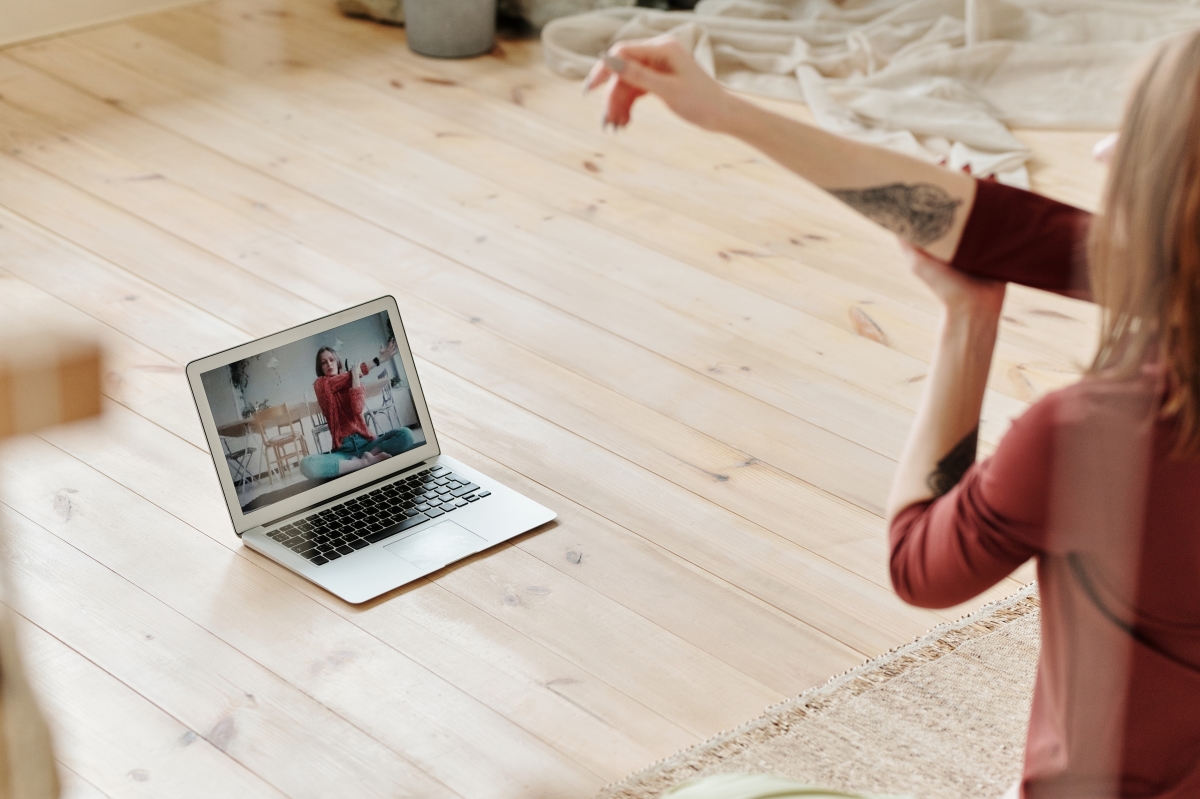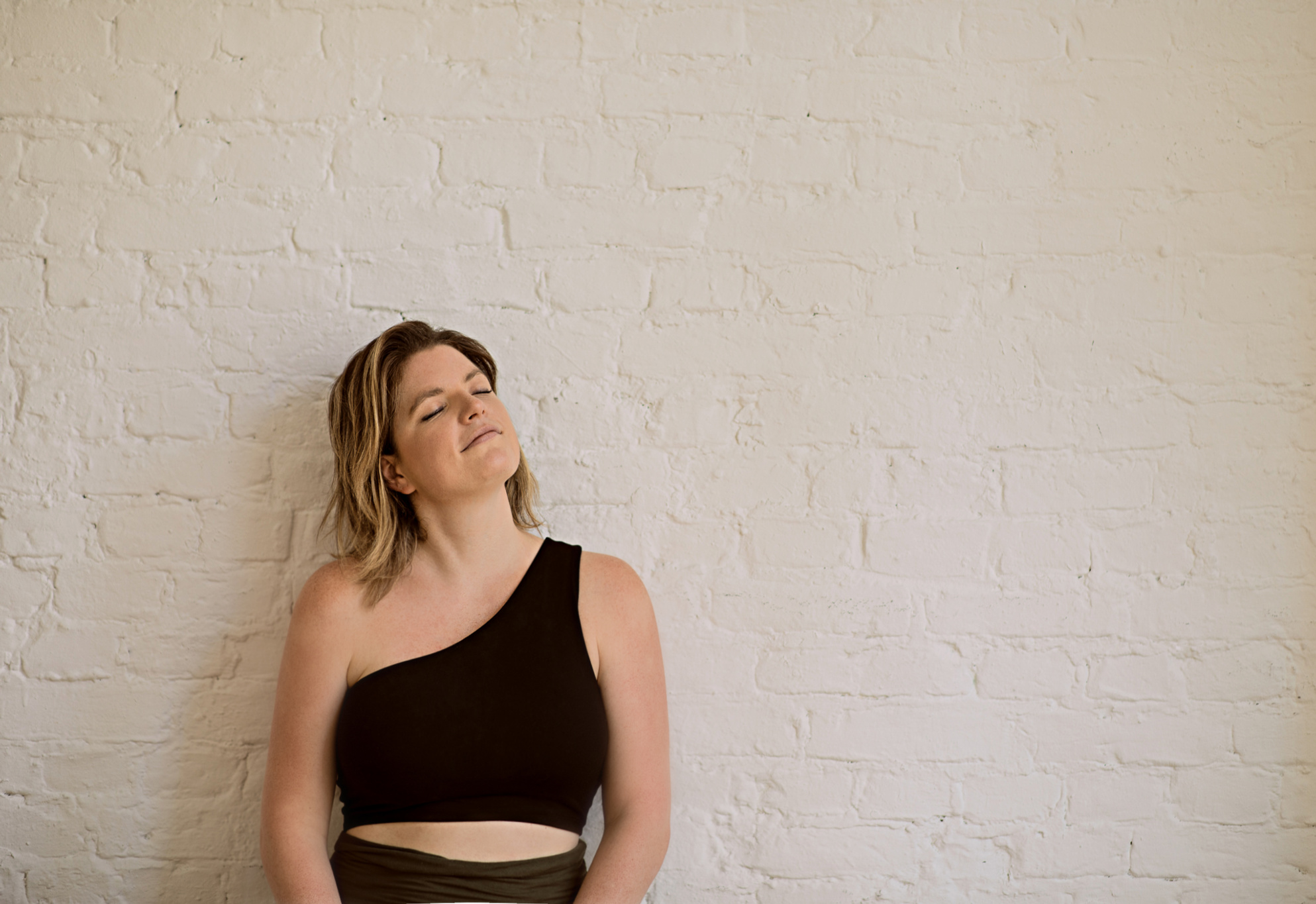Offering classes online is a great addition to your regular, in-studio, offering — even after COVID subsides. You need a system though!
2020, with all of the uncertainty that is, makes one thing clear: there has never been a better time for you to shift your business online.
Back in March / April when mass-lockdowns hit, it was a scary thing, right? Studios closed, retreats were canceled and nobody really knew what to think of it. Now, with another wave on the horizon, the barrier is broken — it’s ok to host your class online, consumers are used to it and it’s less of a big deal than before. Not to mention, people need the support now more than ever before.
Offering classes online is a great addition to your regular, in-studio, offering — even after COVID subsides. You need a system though!
With that said, this post is for yoga instructors and studio owners who want to expand their business and teach yoga classes online. There are many ways this can evolve, such as eventually building out an online platform, creating a robust membership site or building a global community of students to teach.
The context of this article, however, will cover what that initial shift online looks like. So, here are your first steps toward successfully expanding your yoga business online:
Let’s imagine ourselves as your student:
As a student, In order to sign in to your online yoga class, I need to:
- Find the class calendar online
- Purchase the credit / drop-in / flat-rate / etc., in order to book into the class
- See confirmation that I am in fact booked-in
- It would be super helpful for it to show up on my google / apple calendar
- Receive the link to join the class
With that said, let’s walk through the core things mentioned above.
Let’s suppose you have your website. You’re posting on insta stories about how you’re going online. Your audience is keeping an eye open for next steps.
1. Set up your yoga class booking system & payment processor
By far the most asked question! Let me (hopefully) simplify this for you:
You’ll need an out-of-the-box booking platform.
Meaning, a ready-made system that allows students to purchase credit and book-in to a class.
The costs associated with a booking system are platform fees and payment fees.
Platform fees are the cost of using the platform. This is either a monthly fee or per purchase.
Payment fees are typically a percentage of the purchase. The payment fees usually come from PayPal or Stripe, as they are the 3rd party payment processor.
So, to sum that up, you will typically be charged some combination of the above.
Do I really need a booking platform? I don’t want to pay for this.
Look, I get it. DIY-ing this seems do-able. So, why not?
Attempting to duct-tape your Instagram, PayPal and/or IBAN and personal Gmail together, in the end, will cost you more time doing admin than paying a small monthly fee for a booking system.
This might be ok if your classes are small, but if you want to smoothly accommodate more than 10 people, potentially multiple times per week, then trust me when I say you’re better off getting the booking system thing out of the way now.
The thing is: students will try to book-in a few days earlier, the day of, or just minutes before and they’ll want to pay you right after the class, or someone wants to cancel and get a refund — all while you have to deliver the zoom link, prep your class, soundcheck, etc.
All of that is normal and part of it. The question is whether you want to spend your time and energy doing unnecessary admin.
I would recommend spending time researching a booking tool that resonates with you.
If you’re an individual teacher, check these out:
- Calendly Premium // Great for “testing the waters” online, with one class type, and single-purchase tickets. If you’re not ready to commit to a full platform, guv
- Yoga & Me // US-based, but available in 36 countries. This looks to me like a solid choice for teachers and small studios. They wrote an article here about how to utilize the system for online classes.
- Fitogram Pro // A popular option in Germany + Europe. Ideal for teachers with multiple classes per week and who want to offer a variety of payment options (i.e 5er card, flat rate, drop-in, etc). However, I have heard multiple times that the system can be unreliable in delivering the zoom link & the customer service in dealing with that issue was bad.
For studios, it’s important that you have a calendar view and the ability to add instructors as users so that they can manage their own classes (unless you have an admin person doing that). You also want to be able to accommodate different payment options, as giving different options to your customers will increase your sales.
In general, the functionality you need might be a bit more robust, so I’ve added a few different options below.
Decide on a streaming tool
I think we can all agree that Zoom is the most obvious choice for group classes. The plans are fairly priced. You can create unique links for each class and it automatically records the class.

Get your equipment
You need a computer with a webcam, or you can use your mobile phone with a tripod. Plus you’ll want to get a mic, as your students need to hear you clearly. Your phone or laptop will be situated too far from you, so it’s better to make sure the audio is tip-top. I’ve heard mixed reviews about using airpods, or Bluetooth earbuds — you might want to test this out if you have a pair already!
Set up your landing page
By this I mean, your website or some kind of web page where your class calendar can live. Most booking systems with calendars allow you to embed the calendar on your own website. Alternatively, most of the systems will give you a link to your calendar that you could use directly. Up to you!
Eventually I would recommend investing in a website if you haven’t already. But this is not going to block you from expanding online initially.
Test everything
Fuckups are inevitable. Just make sure you do a few test rounds with someone.
Set up a test class, let them purchase and book-in to it, make sure they get the confirmation and the zoom link. Once they’re in, make sure the audio works, the video, and check the connection quality from your house.
You’ll get the hang of it after a few rounds, you’ll know where to troubleshoot when things do pop up. It will be ok! Don’t stress 🙂
Teach your class & Remember to record!
Alright, it’s go-time.
Create a preparation ritual for your online format. Do a sound check, vibe check, check your email, and remember to record your classes!
How could this unfold?
That’s that. Daunting at first glance, but I know you will get the hang of it sooner than you’re imagining.
I want to invite you to imagine how this could unfold. Imagine having hundreds of members signing into your online classes or subscribe for access to your recordings. Imagine creating your own membership site and cultivating a community of people from all over the world. Imagine helping them transform their lives through yoga. Imagine making a good living from doing that. It’s all available for you and you deserve it.
Start right now, where you are and get excited for how this unfolds for you 🙂




Comments +